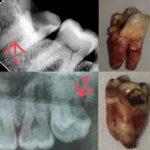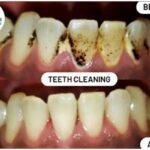Cosmetic / Aesthetic Dentistry
- What is cosmetic / aesthetic dentistry?
- Procedures in cosmetic dentistry
- Teeth Whitening: A popular cosmetic dentistry procedure that involves lightening the color of the teeth. This can be done in-office or at home using special whitening trays and gels.
- Veneers: Thin shells of tooth-colored material that are placed over the front surface of the teeth to improve their appearance. Veneers can be used to address a range of cosmetic issues, including chips, cracks, gaps, and discoloration.
- Crowns: A type of dental restoration that covers the entire tooth, providing strength and stability. Crowns are often used to restore broken or severely dec
- Pros and cons of aesthetic dental procedures
- Improved appearance: Aesthetic dental procedures can significantly improve the appearance of a person’s smile, which can boost their self-confidence and self-esteem.
- Increased oral health: Some aesthetic dental procedures, such as crowns or bridges, can also improve oral health by strengthening damaged teeth or filling gaps that can trap food particles and lead to decay.
- Long-lasting results: Many aesthetic dental procedures, such as veneers or dental implants, can last for several years or even a lifetime with proper care and maintenance.
- Cost: Aesthetic dental procedures can be expensive and may not be covered by insurance.
- Pain and discomfort: Some procedures, such as tooth reshaping or veneer placement, may cause discomfort or pain during the procedure or afterwards.
- Maintenance: Aesthetic dental procedures may require ongoing maintenance, such as regular teeth cleanings or touch-up treatments, to maintain their appearance.
- Invasiveness: Some procedures, such as tooth reshaping or veneer placement, can be invasive and require the removal of some tooth structure.
- Limited options: Some individuals may not be suitable candidates for certain aesthetic dental procedures, such as veneers, due to the condition of their teeth or gums.













